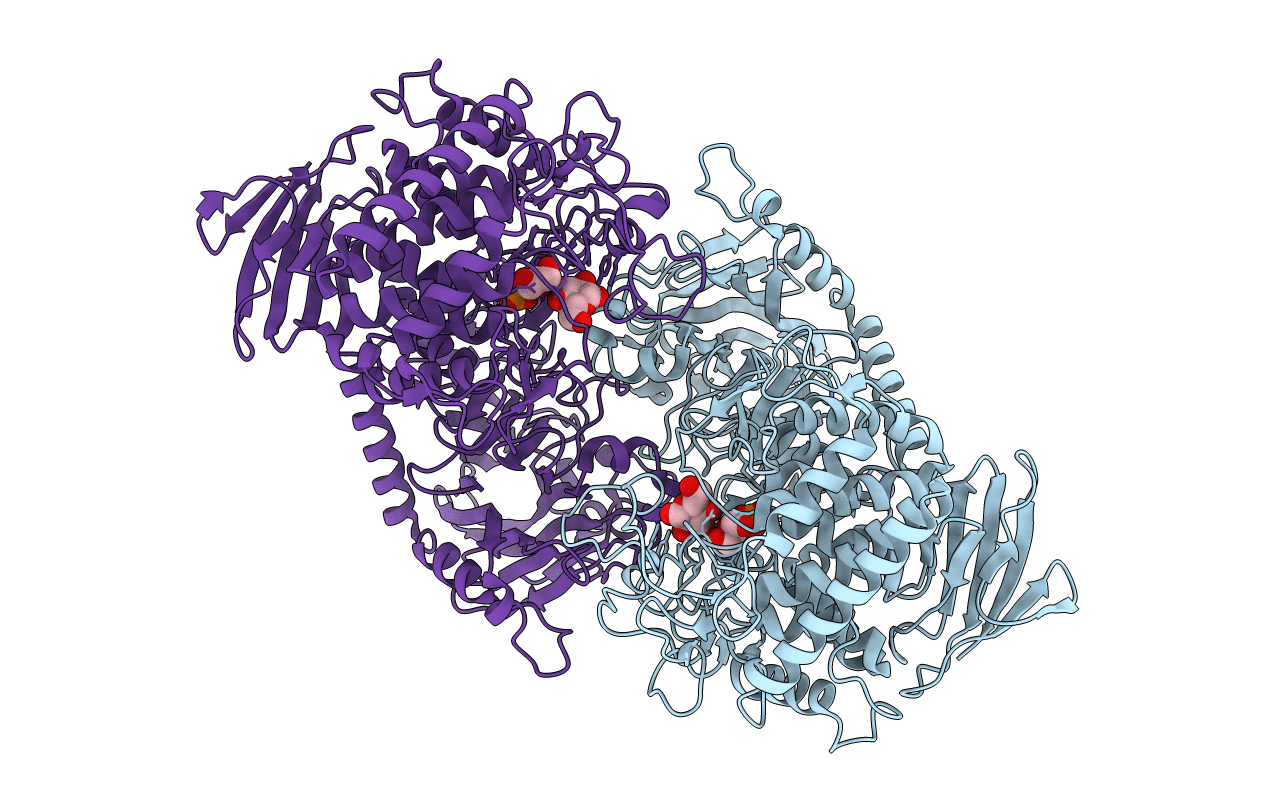
Deposition Date
2005-05-20
Release Date
2006-05-16
Last Version Date
2023-10-25
Entry Detail
PDB ID:
2CQT
Keywords:
Title:
Crystal Structure of Cellvibrio gilvus Cellobiose Phosphorylase Crystallized from Sodium/Potassium Phosphate
Biological Source:
Source Organism:
Cellvibrio gilvus (Taxon ID: 11)
Host Organism:
Method Details:
Experimental Method:
Resolution:
2.10 Å
R-Value Free:
0.22
R-Value Work:
0.18
R-Value Observed:
0.18
Space Group:
P 1 21 1


